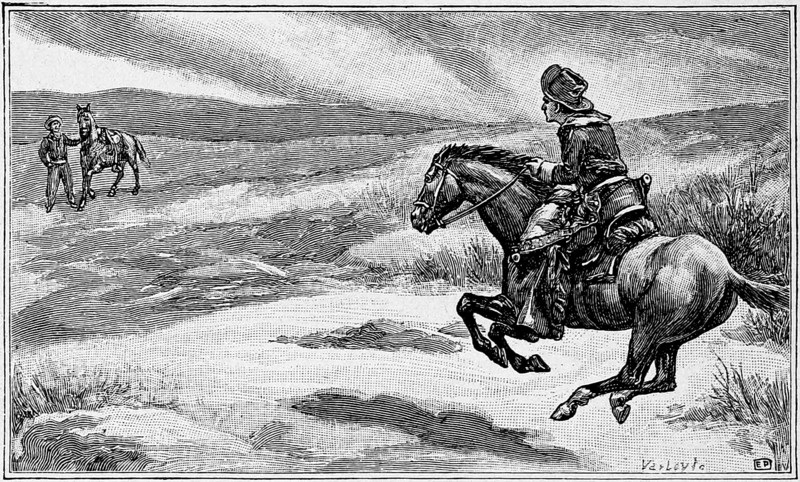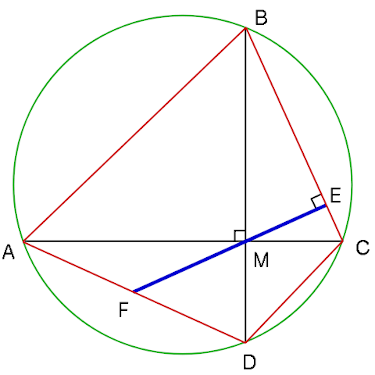Cockatoos in Sydney have mastered a five-step process for opening the lids of trash bins to reach the food inside.
“It was so exciting to observe such an ingenious and innovative way to access a food resource, we knew immediately that we had to systematically study this unique foraging behavior,” wrote behavioral ecologist Barbara Klump.
The birds learn the technique from one another, and cockatoos in different regions have worked out different techniques. Before 2018, the behavior had been reported in only three suburbs, but by the end of 2019 the number had reached 44.
“These results show the animals really learned the behavior from other cockatoos in their vicinity,” Klump wrote.
(Barbara C. Klump et al. “Innovation and Geographic Spread of a Complex Foraging Culture in an Urban Parrot,” Science 373:6553 [2021], 456-460.) (Thanks, Sharon.)




